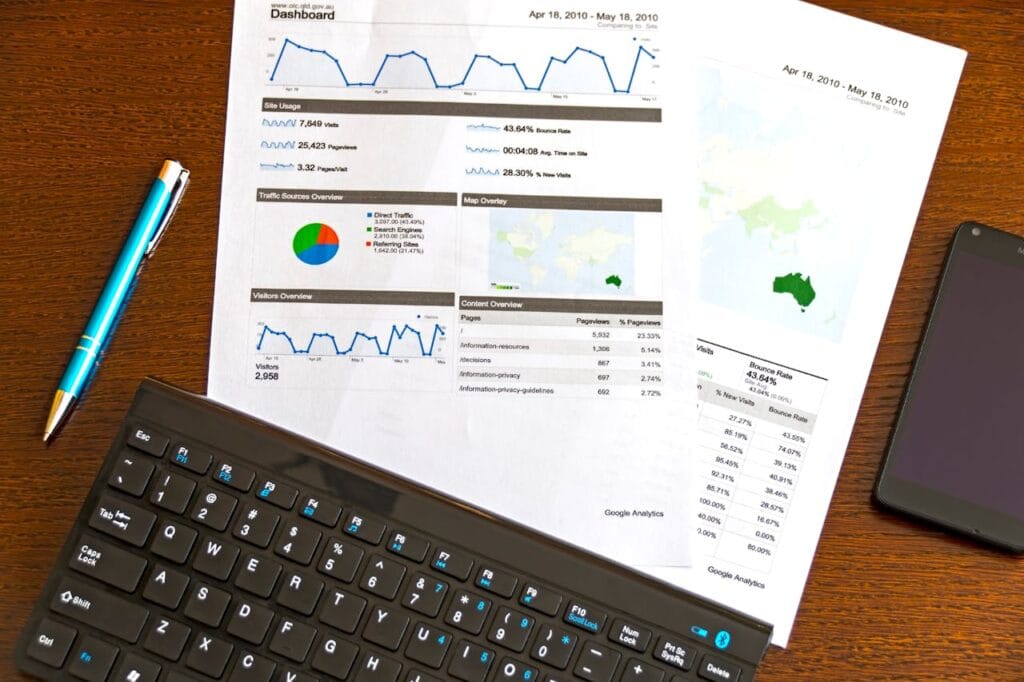In today’s data-driven world, businesses are inundated with vast amounts of information. Harnessing this data effectively can be the key to unlocking growth and gaining a competitive edge. Big data refers to the massive volumes of structured and unstructured data that organizations generate daily. When analyzed, this data can provide valuable insights that drive strategic decisions and enhance operational efficiency. Let’s explore how businesses can leverage big data for growth, supported by real-life examples and practical advice.
Understanding Big Data
Big data encompasses three main characteristics: volume, velocity, and variety.
- Volume refers to the sheer amount of data generated, whether from customer transactions, social media interactions, or sensor data.
- Velocity indicates the speed at which this data is generated and processed.
- Variety highlights the different forms data can take, including text, images, videos, and more.
By effectively analyzing this data, businesses can uncover trends, improve customer experiences, and optimize operations.
Benefits of Using Big Data for Business Growth

1. Enhanced Customer Insights
One of the most significant advantages of big data is its ability to provide deep insights into customer behavior. By analyzing purchasing patterns, preferences, and feedback, businesses can tailor their offerings to meet customer needs more accurately.
Real-Life Example: Netflix
Netflix is a prime example of a company that uses big data to understand its audience better. By analyzing viewing habits and preferences, Netflix recommends shows and movies tailored to individual users. This personalized approach not only enhances user satisfaction but also keeps customers engaged longer, reducing churn rates.
2. Improved Decision-Making
Data-driven decision-making allows businesses to make informed choices based on factual insights rather than intuition or guesswork. By leveraging analytics tools, companies can analyze historical trends and forecast future outcomes.
Personal Anecdote
In my previous role at a retail company, we implemented a big data analytics tool that allowed us to analyze sales patterns across different regions. This insight enabled us to adjust our inventory levels strategically, ensuring that popular products were always in stock while reducing excess inventory on slower-moving items. As a result, we saw a 20% increase in overall sales within a few months.
3. Predictive Analytics
Predictive analytics uses historical data to forecast future trends and behaviors. This capability helps businesses anticipate customer needs and market shifts before they occur.
Example: Amazon
Amazon employs predictive analytics extensively to optimize its inventory management and recommend products to customers. By analyzing past purchase behavior and browsing patterns, Amazon can predict what products customers are likely to buy next, enhancing cross-selling opportunities and improving customer satisfaction.
4. Operational Efficiency
Big data analytics can identify inefficiencies in business processes by highlighting areas where resources are underutilized or wasted. By streamlining operations based on these insights, companies can reduce costs and improve productivity.
Example: UPS
UPS uses big data analytics to optimize its delivery routes. By analyzing traffic patterns and weather conditions in real-time, UPS can adjust routes dynamically to reduce fuel consumption and improve delivery times. This not only saves money but also enhances customer service by ensuring timely deliveries.
5. Targeted Marketing Campaigns
Big data enables businesses to create highly targeted marketing campaigns based on detailed customer profiles. By understanding demographics, preferences, and behaviors, companies can tailor their messaging to resonate with specific audience segments.
Practical Advice
To implement targeted marketing effectively:
- Use customer segmentation techniques to categorize your audience based on shared characteristics.
- Analyze past campaign performance to identify what resonates with different segments.
- Continuously refine your approach based on real-time feedback from campaigns.
Implementing Big Data Strategies

To harness the power of big data effectively for business growth, consider the following steps:
1. Define Clear Objectives
Before diving into big data initiatives, clearly outline what you hope to achieve—whether it’s improving customer satisfaction, increasing sales, or optimizing operations. Having specific goals will guide your analysis process.
2. Invest in the Right Tools
Select appropriate tools that align with your business needs for collecting and analyzing data. Options range from open-source platforms like Apache Hadoop for large-scale processing to user-friendly analytics tools like Tableau for visualizing insights.
3. Build a Skilled Team
Having a team of skilled analysts who understand both the technical aspects of big data and the business context is crucial. Invest in training or hire experts who can interpret complex datasets effectively.
4. Ensure Data Quality
Data quality is paramount; ensure that the information you collect is accurate, complete, and up-to-date. Poor-quality data can lead to misleading insights that hinder decision-making rather than enhance it.
5. Foster a Data-Driven Culture
Encourage a culture where decisions are made based on data insights rather than gut feelings. This shift requires commitment from leadership and should be integrated into everyday operations across all departments.
Conclusion
Leveraging big data for business growth is no longer just an option; it’s a necessity in today’s competitive landscape. By enhancing customer insights, improving decision-making processes, utilizing predictive analytics, optimizing operations, and implementing targeted marketing strategies, businesses can unlock new opportunities for growth.
As you embark on your journey into the world of big data, remember that it’s about more than just collecting information; it’s about transforming that information into actionable insights that drive your business forward. With careful planning and execution, you can harness the power of big data to not only meet but exceed your business goals!